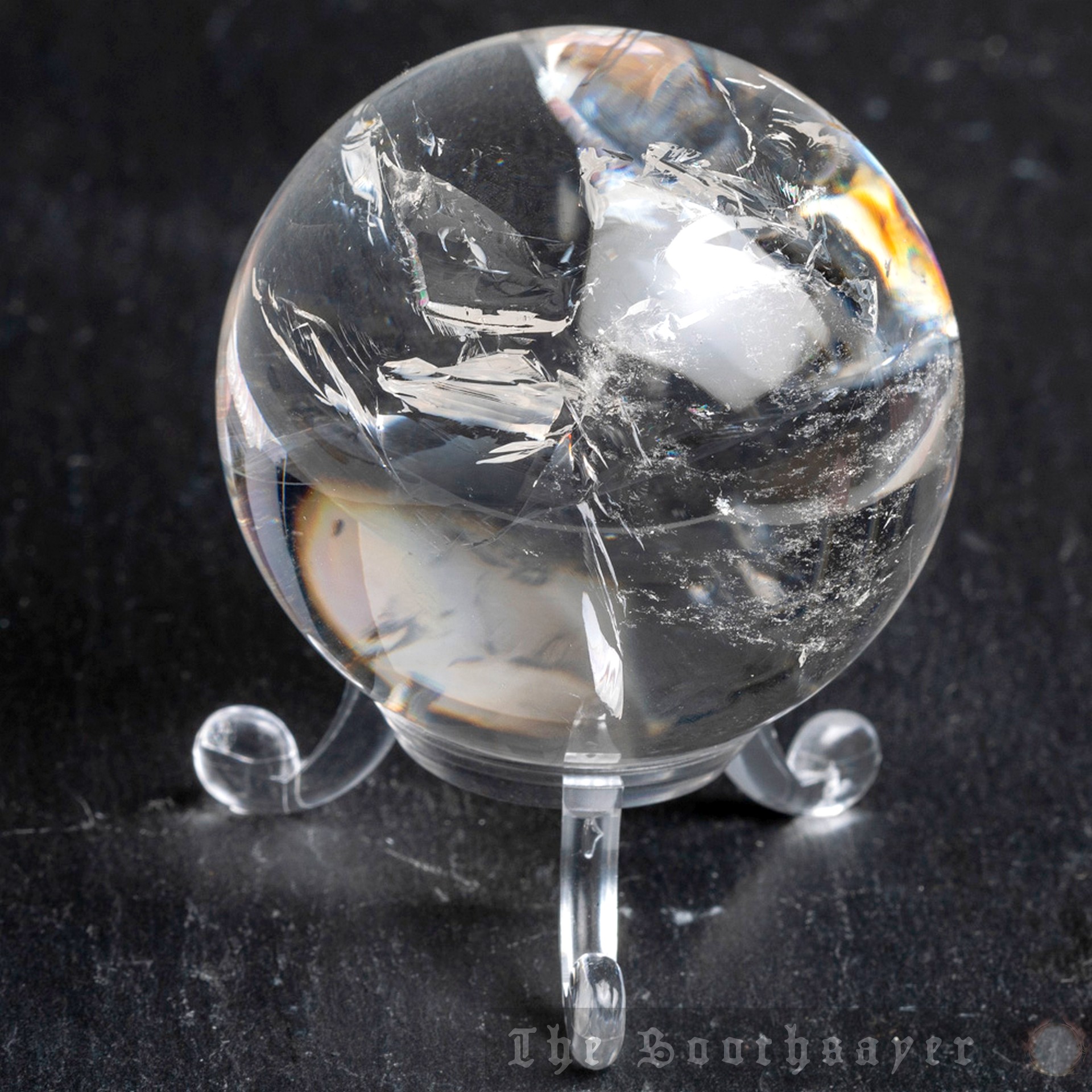UnitedHealth has confirmed that the ransomware attack on its Change Healthcare unit last February affected around 190 million people in America, nearly double previous estimates. The breach, attributed to the ALPHV ransomware gang, resulted in the theft of massive quantities of health and insurance-related information, including names, addresses, dates of birth, phone numbers, email addresses,…
medicine on The Soothsayer / page 2
Researchers at Stanford University and Columbia University have made groundbreaking discoveries in using nanocrystals to measure tiny forces on tiny length scales. The breakthroughs, published in Nature, could revolutionize biomedical research, enabling scientists to study forces involved in processes such as stem cell differentiation. The techniques, which utilize the optical properties of nanocrystals, have the…
A team of researchers at Newcastle University in the UK has developed a novel MRI technique that can quantify lung function, providing a more accurate and sensitive assessment of respiratory diseases. The technique uses inhaled perfluoropropane to visualize lung ventilation and has shown promising results in detecting early changes in lung function, even in patients…
Researchers at the California Institute of Technology and the University of Southern California have made a groundbreaking discovery in the field of biomedical engineering. They have designed a hydrogel-based, image-guided, bioresorbable acoustic microrobot (BAM) that can deliver targeted doses of cancer-fighting drugs to destroy malignant tumors while sparing healthy bodily tissues. The microrobots use a…
A recent study by Paul Jensen, a microbial-systems biologist at the University of Michigan, has revealed that just ten bacterial species account for half of all publications, while nearly three-quarters of all named bacteria don’t have a single paper devoted to them. This bias towards a small number of model organisms has significant implications for…
Physicists at CERN’s ALICE Collaboration have made a groundbreaking discovery, finding the first evidence for antihyperhelium-4, a heavier version of antihelium-4. This antimatter hypernucleus contains two antiprotons, an antineutron, and an antilambda baryon. The detection was made by analyzing data from lead nuclei collisions at the Large Hadron Collider (LHC) in Switzerland. This finding helps…
A groundbreaking study has revealed the existence of ‘lipocartilage’ cells, also known as ‘bubble wrap’ cells, which provide extra cushioning and structural support to various body parts. These cells have been found in many mammals, including humans, and have been grown from human stem cells. The discovery of these cells is expected to have significant…
Theoretical physicists have proposed the existence of a new type of particle called paraparticles, which don’t fit into the conventional classifications of fermions and bosons. This discovery could lead to the creation of paraparticles using a quantum computer, potentially making quantum computers less error-prone. Researchers have also experimentally demonstrated the existence of anyons, a type…
Singapore has made significant strides in becoming a global biotech hub, with a growing startup ecosystem and a focus on research and development. The country has invested heavily in the life sciences sector, with billions of dollars poured into the industry over the past two decades. This has led to the emergence of several biotech…
Physicists at Penn State and Columbia University have made a groundbreaking discovery, spotting the “smoking gun” signature of semi-Dirac fermions, a type of quasiparticle predicted by theorists 16 years ago. These quasiparticles exhibit a unique property, behaving like they have mass only when moving in a certain direction. The team used a crystal of the…










